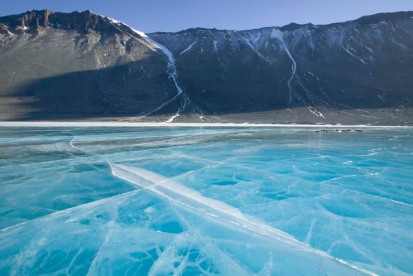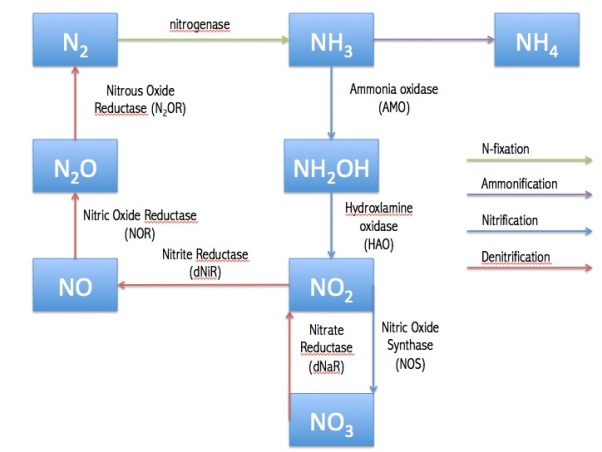So as expected, I didn’t continue blogging. I will not be taking my comprehensive exam this fall, instead I’ll take them in April. But for good reason, this warm-desert rat is going to Antarctica!

I will be in the McMurdo Dry Valleys from October 19 to January 10th. I will be collecting water samples from several of the lakes to study. I will be analyzing the waters for my own dissertation chapter along with collecting samples for Tina Takacs-Vesbach. I’m excited and appreciative to have this opportunity!
The McMurdo Dry Valleys (MCM) are part of the Long-Term Ecological Research (LTER) Network. Research at MCM is interdisciplinary and revolves around the aquatic and terrestrial ecosystems in the iceless valleys in Antarctica. MCM is along the coast of McMurdo Sound and has perennially ice-covered lakes (which I’ll be studying). I will have to take a helicopter to the Dry Valleys from the McMurdo station.
So during that time I will work my butt off, study for comps, enjoy the vistas, try not to be home sick (or lose a toe), and most of all learn from living there. I’ll probably inundate everyone with photos of the same places everyone else that visits takes. But they’ll be my photos.







